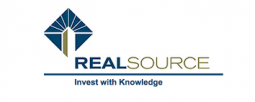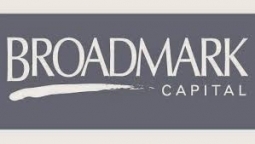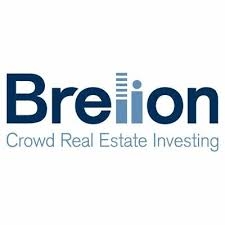How to Become an Accredited Investor
What is an Accredited Investor?
The term describes an individual or entity qualified to participate in offerings of securities not registered with regulatory organizations such as the Securities and Exchange Commission (SEC). These non-state registered investment offerings are known as "private placements" and are considered riskier than registered securities. The restricted access of these offerings to accredited investors is an attempt by governance to limit risk exposure to those considered financially stable and experienced in dealing with investment risk.
Qualifications to become an Accredited Investor
Individuals must meet minimum thresholds of worth to qualify as accredited investors. Any one of the following will qualify:
1) Annual income exceeding 200,000 USD (or 300,000 USD for joint income) for the last two years, with expectation the income threshold will be maintained in the current year
2) Individual net worth (or joint net worth with a spouse or spousal equivalent) exceeding $1 million in assets, excluding the value of the primary residence
In August 2020 the SEC expanded the definition of who can qualify as an accredited investor to include persons with acceptable professional certifications, designations, or credentials and education such as professional investment advisors possessing Series 7, Series 65, or Series 82 licenses or those working for the organizations offering the private placements. Managers of private equity hedge funds and others can now fall within this umbrella, gaining access to investment opportunities even if they would not have qualified previously.
Examples of Qualification by Worth
1) Person A owns a $350,000 position in a 401k account, $200,000 in savings accounts, $150,000 value in stocks, a $400,000 primary home with a $150,000 outstanding loan, and a second $350,000 home that's paid off. Person A does not qualify by worth because the total assets do not exceed 1 million dollars ($1,050,000 in qualifying assets minus the $150,000 loan liability = $900,000). The $250,000 equity in that residence is not allowed to be included in the computation. If they could combine their income with a spouse, however, this may push them over the threshold and out of non-accredited status.
2) Person B owns a $250,000 position in a 401k, $50,000 in savings accounts, $250,000 value in a stock trading account, and rents a home and does not own property. Person B also owns $500,000 in positions in commercial real estate. Person B's total asset sum of $1,050,000 qualifies for accredited investor status.
Validating Accreditation
Investors can receive formal accreditation, and therefore gain the ability to invest in unregistered securities as directed by the U.S. Securities and Exchange Commission, by conducting your due diligence and submitting proof of financial status to a third-party authority for review.
Examples of proof:
-
Bank financial statements and credit report statements
-
Investment account position statements
-
Pay stubs
-
Tax returns and other forms
The authority can include:
-
Certified public accountants
-
Attorneys
-
Institutions that provide accreditation verification such as:
A certificate of accreditation is valid for 90 days.

_main.jpg)








